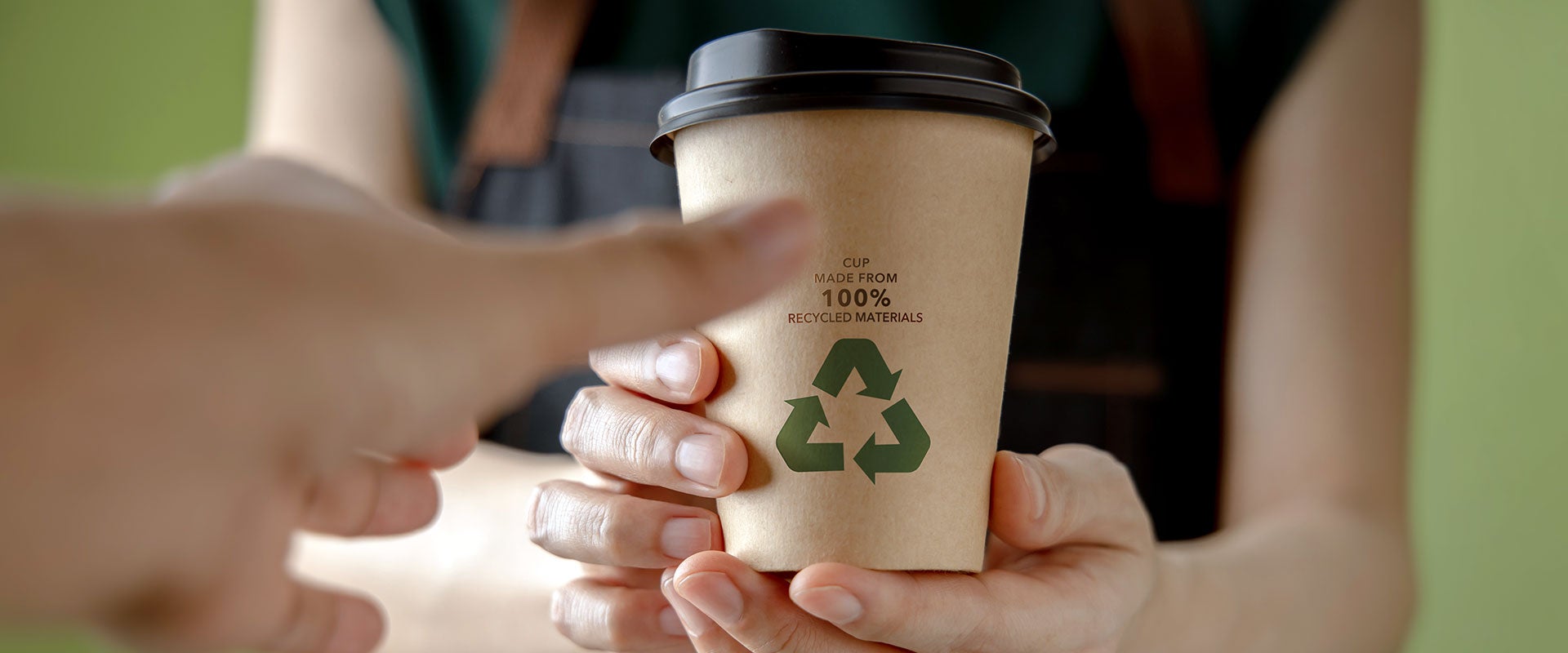
The Trends Driving Brand Owners’ Packaging Decisions
Part 2 of a four-part article series on the 2023 L.E.K. Packaging Brand Owner Study
- Article

Part 2 of a four-part article series on the 2023 L.E.K. Packaging Brand Owner Study
Sustainability may mean slightly different things to different people, but nearly all brand owners are making it a priority in their packaging strategies, as evidenced by their plans to continue shifting a significant portion of their total packaging spend to sustainable packaging by 2027.
And sustainability isn’t the only megatrend that brand owners are continuing to focus on as 2024 gets underway. Ecommerce continues to be a factor in their packaging decisions — and with online channels expected to gain more share through 2027, it is one that has them customizing their brands’ packaging. In addition, brand owners now want their packaging suppliers to adopt digital tools, in particular tools that improve supply chain visibility.
This is all according to L.E.K. Consulting’s sixth annual proprietary packaging study, which we conducted in the fourth quarter of 2023; the study makes clear how players in the packaging value chain can differentiate their offerings in order to best meet the needs of brand owners and, by extension, their investors.
The first megatrend, sustainability, is a multifaceted term whose meaning, at least according to brand owners, is continuously evolving. In 2023, the most often used definition (and one of four cited by the Sustainable Packaging Coalition, in addition to “contains recycled content,” “[is] manufactured using renewable energy” and “contains compostable material”) is packaging that contains biodegradable material. The prevalence of this factor has jumped 22 percentage points since our 2022 study, a net increase edged out only by “produced with lower greenhouse gas emissions” (see Figure 1).
Regardless of how brand owners define sustainability, it continues to be a priority for them. Nearly all (approximately 95%) of the brand owners we surveyed reported having a “medium-term” sustainability goal, led by Tier 1 firms (97%). What that looks like in practice, however, has changed. For a majority or near-majority of the brand owners who took our survey, that includes switching to packaging produced with cleaner energy (58% vs. just 29% in the prior four years) to packaging that can be produced with lower levels of greenhouse gas emissions (56% vs. 29% from 2019 to 2023) and packaging that is manufactured using renewable energy (46% vs. 28%).
In the meantime, as in our 2022 packaging study, owners of brands with sustainability goals say they’ve achieved about 45% of those goals to date. To that end, the amount of money brand owners plan to spend on sustainable packaging is forecast to grow from an average of 45% of their total packaging spend in 2023 to 60% by 2027, which is in line with the 15 percentage point increase reported from 2019 to 2023.
Most notable, however, is that a whopping 91% of brand owners say they have adequate access to the sustainable materials necessary to meet their needs — an increase of some 20 percentage points over 2022.
The increasing prevalence of ecommerce and online sales in brands’ channel mix is expected to continue over the next several years, across all markets, driven primarily by growth in ecommerce marketplaces as brick-and-mortar sales continue to decline.
According to our study, 84% of brand owners have made changes to packaging for products sold through online channels. And much like in 2022, the top three changes they’re making are updating labeling, improving package design to better withstand transit and introducing tamper-evident features in order to meet ecommerce packaging demands.
In the meantime, when it comes to ecommerce packaging, brand owners are also introducing unique online stock-keeping units (SKUs) — primarily to align with ecommerce fulfillment requirements and ensure performance throughout fulfillment — and adding tamper-evident features.
The third and final megatrend — an issue of key importance for brand owners — is the adoption of digital tools on the part of packaging suppliers. Of particular importance are tools that bolster supply chain visibility, such as traceability features and radio-frequency identification sensors on packaging QR codes, followed by business-to-business customer portals, valued-added virtual services, product configuration functionality during ordering, smart/connected packaging and digital prototyping software (see Figure 2).
To learn more, please see our next summary of study findings, which looks at the impact of brand performance and SKU dynamics. Be sure to also read about the packaging sourcing strategies that brand owners are leveraging as well as the latest packaging trends and associated spend. If you would like access to the full survey results, please request them from industrials@lekinsights.com.
L.E.K. Consulting is a registered trademark of L.E.K. Consulting LLC. All other products and brands mentioned in this document are properties of their respective owners. © 2024 L.E.K. Consulting LLC